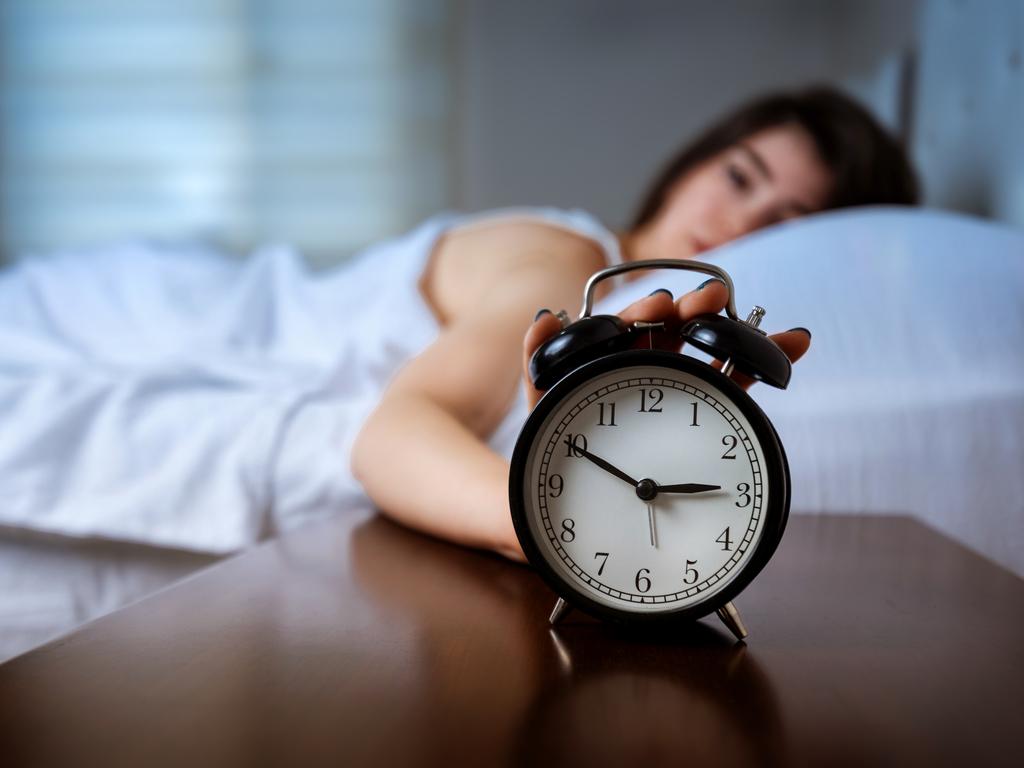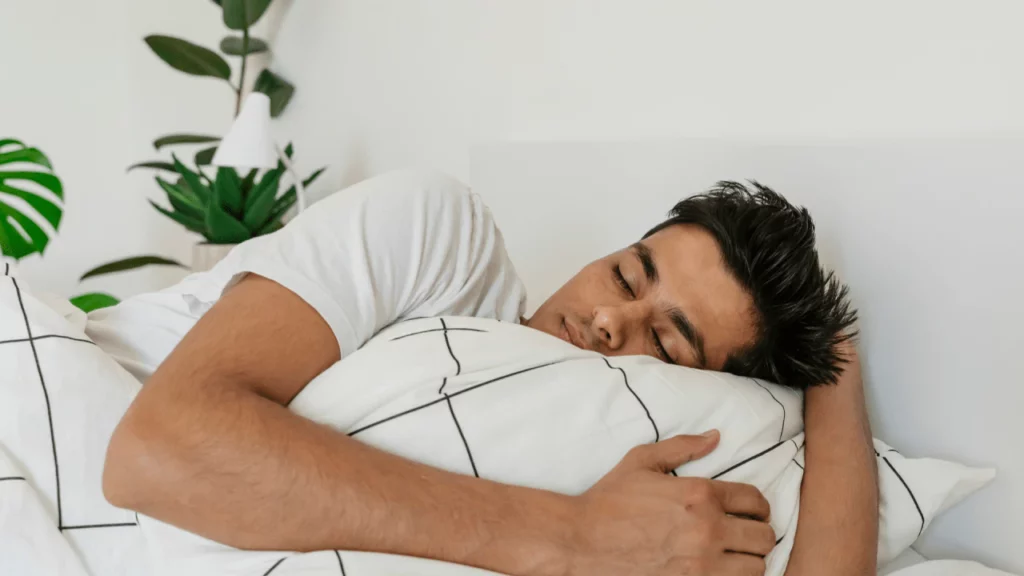Understanding Sleep Disorders
Sleep disorders are increasingly common in today’s fast-paced world, affecting millions of individuals. Conditions such as insomnia, sleep apnoea, and restless leg syndrome can significantly impact quality of life, leading to fatigue, irritability, and a host of other health issues. Understanding the nature of these disorders is the first step towards finding effective solutions.
Many people underestimate the importance of sleep, often attributing their tiredness to a busy lifestyle or stress. However, persistent sleep issues may indicate an underlying condition that requires professional evaluation. Recognising the signs and symptoms is crucial for anyone who suspects they may have a sleep disorder.
Common Symptoms of Sleep Disorders
Individuals suffering from sleep disorders may experience a range of symptoms. These can include excessive daytime sleepiness, difficulty concentrating, and mood swings. In more severe cases, loud snoring or gasping for air during sleep may occur, especially in those with sleep apnoea.
For anyone experiencing sleep difficulties, taking the first step towards diagnosis and treatment can be daunting. However, undergoing a sleep test Adelaide is a vital part of understanding and addressing sleep disorders. With the guidance of professionals in Adelaide, individuals can gain valuable insights into their sleep patterns and receive tailored treatment options to improve their quality of life.

Other symptoms can manifest as chronic fatigue, headaches upon waking, and even memory problems. If these symptoms resonate, it may be time to consider a sleep test to gain a clearer understanding of what is happening during the night. Furthermore, it is essential to note that sleep disorders can also lead to more serious health complications, such as cardiovascular issues, diabetes, and even depression. The interconnection between sleep and overall health is profound, highlighting the need for awareness and proactive management of sleep-related problems.
In addition to the physical symptoms, the psychological impact of sleep disorders can be equally debilitating. Individuals may find themselves grappling with anxiety about their inability to sleep, which can create a vicious cycle of stress and sleeplessness. This anxiety can further exacerbate sleep issues, leading to a decline in mental health. It is vital for those affected to seek support not only from medical professionals but also from friends and family, as understanding and encouragement can play a pivotal role in recovery. Addressing sleep disorders holistically, by considering both physical and emotional well-being, can lead to more effective treatment outcomes.
Read about sleep study Brisbane at: Hitting Snooze Too Often Here’s How a Sleep Study Brisbane Can Help
The Importance of Sleep Testing
Sleep testing is a critical step in diagnosing sleep disorders. It involves monitoring various physiological parameters during sleep, such as brain waves, heart rate, and oxygen levels. This data helps healthcare professionals identify specific sleep issues and recommend appropriate treatments.
In Adelaide, sleep tests are conducted in a variety of settings, from specialised sleep clinics to home-based testing options. The choice of where to undergo testing can depend on personal preferences and the severity of symptoms. Regardless of the setting, the primary goal remains the same: to gather accurate information about sleep patterns and disturbances.
Types of Sleep Tests
There are several types of sleep tests available, each designed to assess different aspects of sleep health. The most common include polysomnography (PSG), home sleep apnoea testing (HSAT), and actigraphy.
Polysomnography is a comprehensive test that takes place in a sleep lab, where various sensors monitor brain activity, eye movements, and muscle tone throughout the night. Home sleep apnoea testing, on the other hand, is a simplified version that can be conducted in the comfort of one’s home, primarily focusing on breathing patterns and oxygen levels. Actigraphy involves wearing a wrist device that tracks sleep-wake cycles over several days, providing valuable insights into sleep habits. Read more about oxygen on https://www.utoledo.edu/nsm/ic/elements/oxygen.html
Beyond these primary tests, there are also advanced techniques such as Multiple Sleep Latency Tests (MSLT) and Maintenance of Wakefulness Tests (MWT), which are particularly useful for diagnosing conditions like narcolepsy and assessing daytime sleepiness. MSLT measures how quickly a person falls asleep in a quiet environment during the day, while MWT evaluates the ability to stay awake in a comfortable setting. These tests can provide a deeper understanding of an individual’s sleep architecture and help tailor interventions more effectively.
Moreover, the interpretation of sleep test results is a nuanced process that requires a thorough understanding of the individual’s medical history and lifestyle factors. For instance, factors such as stress levels, caffeine consumption, and sleep hygiene practices can significantly influence sleep quality. Therefore, healthcare providers often take a holistic approach, combining test results with lifestyle assessments to develop a comprehensive treatment plan that addresses both the symptoms and underlying causes of sleep disorders.

Preparing for a Sleep Test
Preparation for a sleep test can vary depending on the type of test being conducted. For a polysomnography, individuals may be advised to avoid caffeine and alcohol in the days leading up to the test, as these substances can interfere with sleep quality. It is also essential to maintain a regular sleep schedule to ensure accurate results.
For home sleep tests, patients will receive specific instructions on how to set up the monitoring equipment. This may include wearing a device that measures airflow and oxygen levels, as well as attaching sensors to the body. Understanding how to use the equipment properly is crucial for obtaining reliable data.
What to Expect During the Test
During a polysomnography, patients will typically arrive at the sleep clinic in the evening. After a brief orientation, sensors will be attached to the body, which may feel unusual at first but are generally painless. Once settled in, the individual will be encouraged to sleep as normally as possible while the monitoring equipment records data.
For home sleep tests, the process is similar, but individuals will be able to sleep in their own environment. This can often lead to more natural sleep patterns, as the comfort of home can reduce anxiety associated with unfamiliar settings.
Interpreting Sleep Test Results
After the sleep test has been completed, the data will be analysed by a sleep specialist. This analysis typically takes a few days, after which the individual will receive a detailed report outlining the findings. The report will indicate whether any sleep disorders were detected, along with recommendations for treatment. Click here to find more about treatment.
Common findings may include sleep apnoea, insomnia, or periodic limb movement disorder. Understanding these results is essential, as they will guide the next steps in addressing the identified issues. In some cases, further testing may be required to pinpoint specific problems.
Consulting with a Sleep Specialist
Once the sleep test results are available, a follow-up appointment with a sleep specialist is often recommended. During this consultation, the specialist will explain the findings in detail and discuss potential treatment options. These may include lifestyle changes, the use of continuous positive airway pressure (CPAP) machines for sleep apnoea, or cognitive behavioural therapy for insomnia.
It is crucial for individuals to ask questions and express any concerns during this consultation. A clear understanding of the diagnosis and treatment plan is vital for successful management of sleep disorders.
Potential Treatment Options
Treatment for sleep disorders can vary widely depending on the specific condition diagnosed. For instance, lifestyle modifications such as maintaining a regular sleep schedule, creating a relaxing bedtime routine, and optimising the sleep environment can be effective for many individuals.
In cases of sleep apnoea, CPAP therapy is often the first line of treatment. This involves wearing a mask during sleep that delivers a steady stream of air to keep the airway open. Other options may include dental devices or, in some cases, surgery.
Alternative Therapies
In addition to conventional treatments, some individuals may find relief through alternative therapies. Practices such as mindfulness meditation, yoga, and acupuncture have been shown to improve sleep quality for some people. These approaches can be particularly beneficial for those whose sleep issues are linked to stress or anxiety.
It is important to discuss any alternative therapies with a healthcare provider to ensure they complement the primary treatment plan and do not interfere with prescribed medications or therapies.
Conclusion: Taking the First Step
Whether it’s a simple lifestyle change or more intensive medical intervention, the journey towards better sleep begins with awareness and action. Seeking help is the first step, and the benefits of improved sleep can be life-changing.

